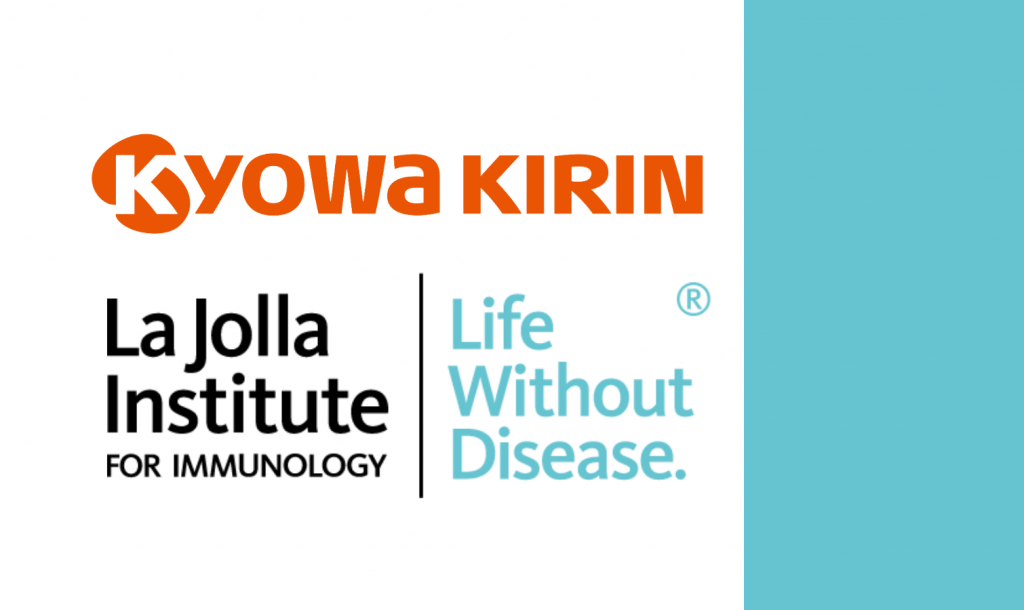LA JOLLA, CA—Scientists at La Jolla Institute for Immunology (LJI) have found direct evidence that exposure to common cold coronaviruses can train T cells to fight SARS-CoV-2. In fact, prior exposure to a common cold coronavirus appears to partially protect mice from lung damage during a subsequent SARS-CoV-2 infection.
The new research, published recently in Nature Communications, provides an important first look at how “cross-reactive” T cells—which can fight multiple viruses from the same family—develop in an animal model. “We are learning how these immune cells develop and function,” says study co-leader LJI Research Instructor Annie Elong Ngono, Ph.D.
The Shresta Laboratory is now working to develop novel vaccines purposefully designed to harness these powerful T cells. Those vaccines would protect against SARS-CoV-2 and provide immunity against several other coronaviruses with pandemic potential.
“Our research will help scientists design and improve ‘pan-coronavirus’ vaccines that elicit broad, cross-protective responses,” adds LJI Professor Sujan Shresta, Ph.D., study senior leader and member of LJI’s Center for Vaccine Innovation.
How powerful are T cells?

T cells tend to be specialists. They learn to hunt down specific molecular targets, called epitopes, that belong to specific pathogens. “Cross-reactive” T cells are important for human health because they recognize epitope targets on different—but closely related—pathogens, such as different members of the coronavirus family. This viral family includes common cold coronaviruses and serious pathogens such as SARS-CoV-2.
The COVID-19 pandemic put cross-reactive T cells in the spotlight. In early 2020, LJI Professors Shane Crotty, Ph.D., and Alessandro Sette, Dr.Biol.Sci., discovered that many people—who had never been exposed to SARS-CoV-2—already had T cells that recognized the novel coronavirus. How did these T cells know what to look for?
SARS-CoV-2 only emerged in 2019, but many people had contracted common cold coronaviruses long before then. LJI scientists showed that cross-reactive T cells could recognize targets on both viruses. In follow-up studies, researchers even found an association between cross-reactive T cells and a lower risk of developing severe COVID-19.
If T cells could learn to target both viruses at once, perhaps scientists could design a vaccine against many types of coronaviruses, including new SARS-CoV-2 variants. That was the hope—but there was still a lot to learn.
“To design better vaccines we need to know exactly how these protective T cells develop and how long that window of protection lasts,” says LJI Postdoctoral Fellow Rúbens Alves, Ph.D., who served as first author of the new study.
The Shresta Lab is working to answer those questions. The lab members specialize in developing humanized mouse models, which allows them to study infectious diseases and human-relevant immune cell responses in a controlled environment.
Cross-reactive T cells to the rescue
For the new study, the researchers used mouse strains that can produce the exact same variety of T cells as the ones found in humans. The researchers infected these mice with one of the most widespread common cold coronaviruses, called OC43. SARS-CoV-2 and OC43 are both betacoronaviruses.
The scientists found that mice infected with OC43 produced CD4+ “helper” T cells and CD8+ “killer” T cells that cross-reacted with SARS-CoV-2. Those cells targeted the same epitopes as T cells collected from humans with SARS-CoV-2 exposure.
Next, the researchers developed a model of sequential infection—with OC43 infection followed by SARS-CoV-2 in these humanized mice. They examined whether the cross-reactive T cells actually helped protect the mice from severe COVID-19.
Cross-reactive CD4+ “helper” T cells did indeed help counteract the virus’s assault on the respiratory system. Mice with previous OC43 exposure showed lower levels of SARS-CoV-2 infection in their airways and were less likely to develop pneumonia and lung damage. Cross-reactive T cells really did help prevent severe disease.
“Our lab’s expertise in mouse models has allowed us to go deeper into what human studies have suggested,” says Elong Ngono.
Next steps for vaccine design
SARS-CoV-2 is not the first coronavirus to cause a deadly outbreak. SARS, which caused a deadly outbreak in 2003, was also a coronavirus. So is MERS. This new study is an important step in understanding how T cells might learn to recognize and cross-react to many coronaviruses at once—including emerging SARS-CoV-2 variants and other family members with pandemic potential.
Going forward, the team would like to investigate how exposure to other kinds of common cold coronaviruses affects T cells. Will cross-reactive T cells still develop? Would they seek the same shared epitopes or different targets?
“We now have the mouse model to study different human infection scenarios, such as the common situation when a person has been infected many times by different common cold coronaviruses before encountering SARS-CoV-2,” says Shresta. “We even have a model now to characterize different SARS-CoV-2 vaccine-elicited human relevant T cell responses and determine the contribution of these T cells to the vaccine-induced protection.”
Shresta says the Institute is well equipped to move forward with this pandemic prevention research. She credits the LJI for making sure LJI scientists have the vital training and facilities for infectious disease research. Shresta also emphasizes that philanthropic support from the Overton Family made it possible for the Institute to construct a biosafety level 3 laboratory for this—and many other—critical studies.
Additional authors of the study, “Common cold coronavirus-elicited CD4+ T cells protect against SARS-CoV-2 in HLA transgenic mice,” include Julia Timis, Robyn Miller, Kristen Valentine, Paolla Beatriz Almeida Pinto, Andrew Gonzalez, Jose Angel Regla-Nava, Erin Maule, Michael N Nguyen, Norazizah Shafee, Sara Landeras Bueno, Eduardo Olmedillas, Brett Laffey, Katarzyna Dobaczewska, Zbigniew Mikulski, Sara McArdle, Sarah R. Leist, Kenneth Kim, Ralph S. Baric, and Erica Ollmann Saphire.
This research was supported by the National Institutes of Health (grants U19 AI142790, U01 AI151810, and AI149644), the Overton family, and the Arvin Gottlieb Foundation.
DOI: 10.1038/s41467-024-45043-2
###





